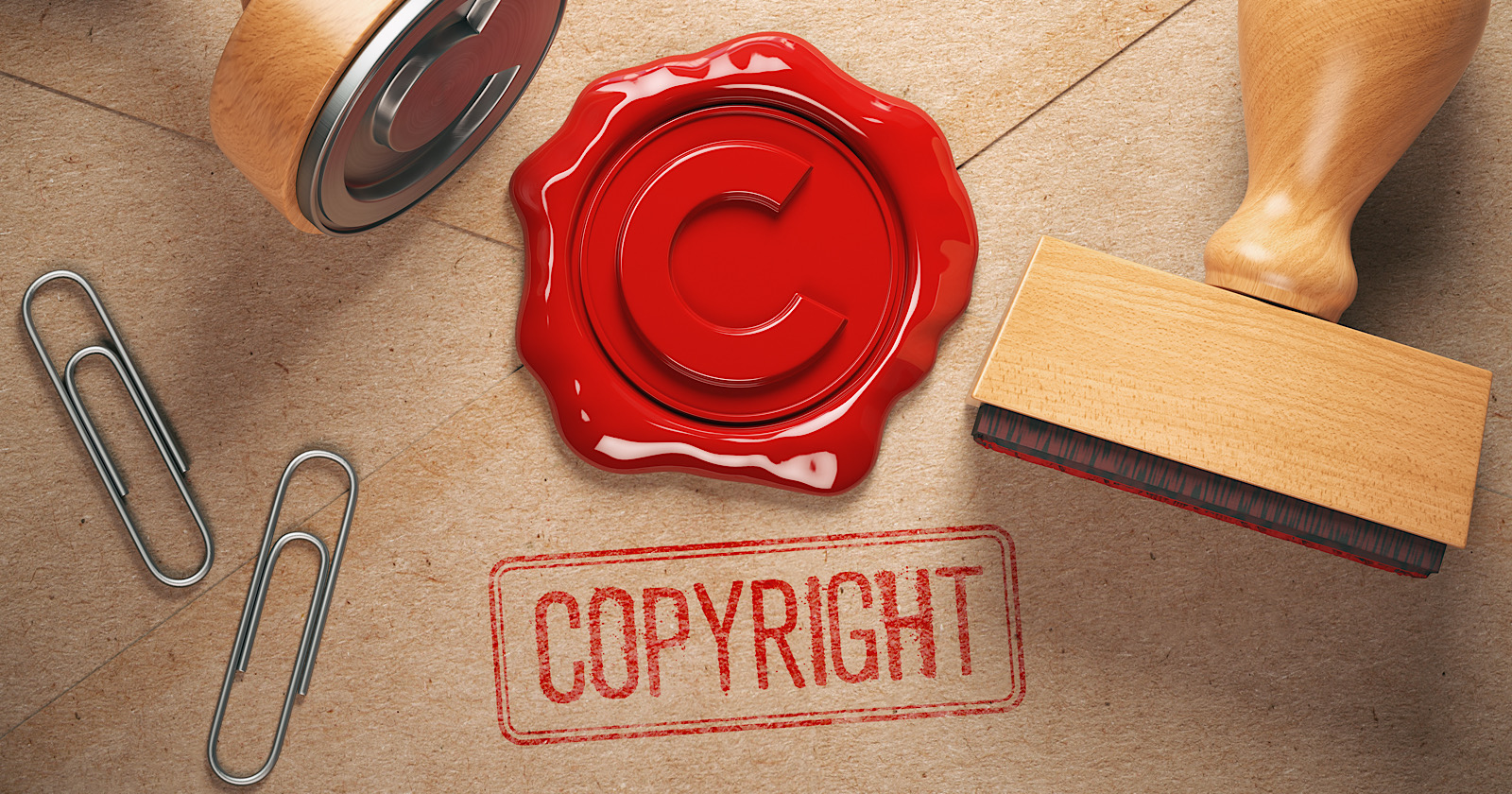YouTube is shortening the length of the copyright dispute and appeal process, which should help reduce the impact of false claims.
Now, if you receive a copyright claim that results in YouTube blocking your video, you can expedite the process of getting it visible again.
In the following sections, we’ll go over how the copyright dispute process works, how the process is changing, and how the changes benefit creators.
YouTube Copyright Dispute Process
When you upload a video with copyrighted content, your might get what YouTube calls a “content ID” claim. The YouTube community refers to them as copyright claims, so that’s the term we’re using in this article.
You can dispute the claim if you believe you have the right to use the video content.
Disputes go to the claimant to review, and they have 30 days to decide whether to dismiss their claim or move it forward to the next stage. The claim is automatically released if they don’t respond within 30 days.
You can file an appeal if you dispute a claim and it gets rejected by the claimant. If the claimant rejects the appeal, they have the option to send a copyright takedown request.
Claimants have 30 days to review an appeal, which means your video could remain blocked for over 60 days.
YouTube doesn’t get directly involved until a copyright takedown request is submitted. If YouTube determines the request is valid, it removes your video and issues a strike against your channel.
However, YouTube will reinstate your video if you successfully prove ownership of the content.
The copyright dispute process is lengthy when you factor in 30 days for the dispute process, 30 days for the appeal process, and however long it takes for YouTube to review a takedown request.
YouTube is making two changes to speed up copyright disputes and appeals.
Changes To YouTube’s Copyright Dispute Process
YouTube is shortening the time that claimants have to review copyright appeals from 30 days to seven days.
Note that claimants continue to have 30 days to review the initial dispute; YouTube is only shortening the appeal to seven days.
For claims blocking viewers from seeing your video, you’ll now have the option to skip the initial dispute step and go straight to the appeal stage. YouTube calls this the escalate to appeal option.
YouTube is introducing the escalate to appeal option to offer creators a way to reduce the impact of potentially false claims blocking their videos.
With these changes in place, YouTube’s copyright dispute process now looks like this:
 Screenshot from YouTube.com/CreatorInsider, July 2022.
Screenshot from YouTube.com/CreatorInsider, July 2022.Escalation to appeal is optional. Creators can still go through the longer dispute process if they choose.
As this option elevates the risk of a copyright strike, you should only utilize the escalate to appeal option when you’re confident you have enough evidence to dispute the claim.
Another option is to do nothing at all. YouTube doesn’t count copyright claims as penalties against your channel, so you can always accept the claim if you believe it’s valid.
Source: Creator Insider
Featured Image: Maxx-Studio
